As we’ve discussed many times over, your credit is what determines if you can get approved for a credit card, and what kind of loans and interest rates you can get approved for. The banks and lenders will review your credit when you apply for a loan and they will approve you accordingly, giving you an approval or denial, terms, and rates, to match your credit status.
Though you might have a general idea of what is considered a good credit score and what is considered a terrible one, I’m sure you’d want to also be able to kind of predict, or at least get an idea, of what your current credit score can get you.
Credit scores, numbered from 300-850, are split up into levels. Landing up in one credit score level over another can make a huge difference in what you are eligible to get approved for and what you are just not deemed suitable enough for (sorry, a rule is a rule).
To understand how your credit score may affect your financial life, we’ve spoken to Latoria Williams, the CEO of 1F Cash Advance, whose company specializes in financial assistance for bad credit borrowers.
“In most cases, your credit score is one of the determining factors in your financial life. Even if you’re going to avoid debt for the rest of your life, there are still some situations when having bad credit may play a bad joke against you. These situations may include getting a new job, renting a house, or getting reasonable insurance rates. And if you’re going to take out a mortgage, finance a new car, or simply take out a personal loan, your bad credit can be a serious obstacle. Although there are various options for bad credit borrowers, they are usually more expensive and come with less favorable terms. Therefore, you should strive to maintain good credit. You never know how your life will turn in the future.”
Credit score ranges
Credit score ranges, which we referred to above as levels, are split up as follows.
| Very Poor | Poor | Average | Good | Very Good | Excellent |
| 579 | 619 | 679 | 719 | 779 | 800+ |
| 578 | 618 | 678 | 718 | 778 | 799 |
| 577 | 617 | 677 | 717 | 777 | 798 |
| 576 | 616 | 676 | 716 | 776 | 797 |
| 575 | 615 | 675 | 715 | 775 | 796 |
| 574 | 614 | 674 | 714 | 774 | 795 |
| 573 | 613 | 673 | 713 | 773 | 794 |
| 572 | 612 | 672 | 712 | 772 | 793 |
| 571 | 611 | 671 | 711 | 771 | 792 |
| 570 | 610 | 670 | 710 | 770 | 791 |
| 569 | 609 | 669 | 709 | 769 | 790 |
| 568 | 608 | 668 | 708 | 768 | 789 |
| 567 | 607 | 667 | 707 | 767 | 788 |
| 566 | 606 | 666 | 706 | 766 | 787 |
| 565 | 605 | 665 | 705 | 765 | 786 |
| 564 | 604 | 664 | 704 | 764 | 785 |
| 563 | 603 | 663 | 703 | 763 | 784 |
| 562 | 602 | 662 | 702 | 762 | 783 |
| 561 | 601 | 661 | 701 | 761 | 782 |
| 560 | 600 | 660 | 700 | 760 | 781 |
| 559 | 599 | 659 | 699 | 759 | 780 |
| 558 | 598 | 658 | 698 | 758 | |
| 557 | 597 | 657 | 697 | 757 | |
| 556 | 596 | 656 | 696 | 756 | |
| 555 | 595 | 655 | 695 | 755 | |
| 554 | 594 | 654 | 694 | 754 | |
| 553 | 593 | 653 | 693 | 753 | |
| 552 | 592 | 652 | 692 | 752 | |
| 551 | 591 | 651 | 691 | 751 | |
| 550 | 590 | 650 | 690 | 750 | |
| 549 | 589 | 649 | 689 | 749 | |
| 548 | 588 | 648 | 688 | 748 | |
| 547 | 587 | 647 | 687 | 747 | |
| 546 | 586 | 646 | 686 | 746 | |
| 545 | 585 | 645 | 685 | 745 | |
| 544 | 584 | 644 | 684 | 744 | |
| 541 | 583 | 643 | 683 | 743 | |
| 540 | 582 | 642 | 682 | 742 | |
| 539 | 581 | 641 | 681 | 741 | |
| 538 | 580 | 640 | 680 | 740 | |
| 537 | 639 | 739 | |||
| 536 | 638 | 738 | |||
| 535 | 637 | 737 | |||
| 534 | 636 | 736 | |||
| 533 | 635 | 735 | |||
| 532 | 634 | 734 | |||
| 531 | 633 | 733 | |||
| 530 | 632 | 732 | |||
| 529 | 631 | 731 | |||
| 528 | 630 | 730 | |||
| 527 | 629 | 729 | |||
| 526 | 628 | 728 | |||
| 525 | 627 | 727 | |||
| 524 | 626 | 726 | |||
| 523 | 625 | 725 | |||
| 522 | 624 | 724 | |||
| 521 | 623 | 723 | |||
| 520 | 622 | 722 | |||
| 519 | 621 | 721 | |||
| 518 | 620 | 720 | |||
| 517 | |||||
| 516 | |||||
| 515 | |||||
| 514 | |||||
| 513 | |||||
| 512 | |||||
| 511 | |||||
| 510 | |||||
| 509 | |||||
| 508 | |||||
| 507 | |||||
| 506 | |||||
| 505 | |||||
| 504 | |||||
| 503 | |||||
| 502 | |||||
| 501 | |||||
| 500 |
Mortgage loan score ranges
To find out what your mortgage loan options are, we spoke to Shimon Klagsbrun who is an experienced mortgage broker at the Funding Source and specializes in loans for all types of credit scores. He explained to us the different loan options for different credit score ranges.
Generally, you will need a score of a minimum of 620 to be eligible for a Conventional Mortgage (Fannie Mae and Freddie Mac) although there are some exceptions to this rule.
500-579
If your score is between 500 and 580 you’ll also be eligible for an FHA Loan, but FHA will require a bigger down payment
580-619
If your score is between 580 and 620 you’ll be eligible for an FHA Mortgage Loan
620-699
With a min score of 620, you will already be eligible for a Conventional Mortgage; for every 20 point increase in your score (e.g. 640, 660, 680, and so on) you will get a better rate on your mortgage loan and if you have mortgage insurance, it will be cheaper too
700-719
To be eligible for most jumbo loans, you’ll need to have a 700 score at least. Of course, there are exceptions to the rule, but this is what most lenders will require
720-739
Once you have 6 mortgages on your name, you’ll need a score of at least 720 in order to be eligible for mortgages 7-10
740-759
740 is considered the best score that you can have in order to get the best possible rate
760+
The only benefit will be if you have mortgage insurance, you’ll get a slightly better rate on your MI premium
780-820
You will only benefit from this highest tier of scores if you go for a jumbo loan, you’ll then be rewarded for having such a great score
A few key points:
- Banks will always pull all 3 bureaus and go with the medium score
- If you only have 2 scores available, they will go with the lower of the 2
Auto lease/finance score ranges
It’s possible that the first time you get to know your credit score will be right before you’re ready for that new car or SUV smell. You get to the dealer to sign the paperwork but unfortunately, the dealer notifies you that uh uh, you’re not eligible. Why? Your credit score is no good.
To help you figure out your car lease/finance options we spoke to Shloime at Swift Autos who laid out your auto leasing/finance options. He can be contacted here or email [email protected]
Below 540:
Some financing banks for example WestLake Financials will approve you at a very high interest rate
540-580:
The only way you have a chance to get approved for a lease is if the reason for the low score is due to inactive accounts and you have a previously paid auto loan. Even then you will get approved at a much higher rate
You can also get approved by WestLake Financials at a very high interest rate
580-650:
You can get approved for a lease depending on what is bringing down your score
You have a smaller chance of approval if:
- You had a previous repossession
- You have charge-offs on credit cards that are unpaid
- You have unpaid collections
- You had a bankruptcy within the past 2 years
You have a bigger chance of approval if:
- The only thing bringing down your score is high balances
- You have 2-3 previous paid auto loans
- You have paid collections
- All your accounts are in good standing
650-700:
Most banks will approve you so long as all your accounts are in good standing, but, the interest rate will be higher than the advertised rate.
If you had a bankruptcy some banks won’t approve you even with a high score
700-750:
You should get approved with most banks so long as you have at least one of your OWN credit cards or tradelines
750-850:
Congratulations! You should get approved for any car on the market
Key points:
Banks don’t look just at the credit score. There can be a 650 score that will be declined and there can be a 600 score that will be approved.
If you have a 650 score and you have 20 years of history but you had recent charge offs you will be declined.
If you have a score of 600 but the only thing bringing down the score is the lack of active accounts chances are that you will be approved.
There can be an 800 score getting declined. There is no way to know for sure that an application will be approved
Banks sometimes have interesting reasons for declining an application.
Credit card score ranges
If what you’re looking to get with your credit score is a credit card then here is what you can expect in regards to approvals.
No credit score at all
If you’re first starting out to build credit and you still don’t have a credit score then I usually have the best experience with the Capital One Journey. If you get declined then read the post for many more strategies on how to get approved for your first credit card.
450-620
Most banks will decline you. With a score in this range, you might even have a hard time getting approved for a secured credit card. With the TD Bank Secured card, I usually do see approvals even with such low credit scores. You can also try (but highly not recommended) to get a credit card by banks that are designed for people with low credit scores such as Indigo, Credit One (not the same bank as Capital One), etc
620- 660
You will still need to play around with secured card options. You can also try the Capital One Platinum card
If your score is low due to high balances I have sometimes seen Discover or Citi bank approve.
660-700
You can get approved for either secured cards or store cards. I have seen approvals from the Amazon Store card (not Amazon credit card, it’s a separate thing), Gap store card, and others
You can also try the Apple card.
If your score is low due to high balances I have sometimes seen Discover or Citi bank approve for their balance transfer cards.
700-740
Depending on many factors on your credit report you might be eligible for many credit card options at many different banks
It’s best to have;
- Not more than 1-2 inquiries within the last 6 months
- Your own credit card for a minimum of 12 months
- None of your credit card balances should be higher than 29% of your credit limit
- No late payments
If you have everything above checked off then you can go ahead and apply for basically any credit card on the market.
If you have several inquiries from the last few months then Amex is your best bet. If you do not have a credit card for a minimum of 12 months then try Amex (after a minimum of 6 months), Discover, or Capital One. If you have high credit card balances then try Citi or Discover (which will not always approve, depending on how many credit cards are maxed out). If you have late payments then you can try Capital One, other banks might also approve but it depends on case by case.
740-800
Your score is considered a top score and you should have an easy time getting approved for credit cards. But keep in mind that banks do not look only at your credit scores they will also look at the following factors (amongst others)
- How many accounts you recently opened
- Recent credit inquiries
- Bank guidelines (Chase 5/24 rule, Amex 2/90 rule, etc)
- Bank relationship (overdrafts in your checking accounts, blacklisted, etc)
- Debt/income ratio
- Existing credit card balances
- Total available credit
- And more
800-850
Your credit score is super! You should have a very easy time getting approved for credit cards. But as noted above, banks do not only look at credit scores.
Business loan score ranges
Regarding your business loan options, we spoke to Joel Weiser who is the Founder & President at Funding Nexus. He’s got over 10 years of experience in business capital planning and credit. He explained to us the following business loan options based on your credit score range.
Firstly, it’s important to understand the 4 different types of business loans.
1- Alternative; usually from private lenders and usually very expensive.
2- Unsecured /Unsecured SBA; the loan is given based on personal credit and revenue size, if approved through the SBA the government agency will secure a part of the loan which will result in a higher rate.
3 – SBA Loans; Term loans secured by the SBA used for long-term needs like business expansion; typically used when there’s a collateral shortfall or minimum time in business.
4- Secured loans; the bank lends when it is secured by A- Collateral, which can be: real estate, inventory, account receivable, or equipment, and B- Cash Flow, enough profit to support the proposed loan.
Below 540
This score promises low chances for any approval. In some cases, MCA (Merchant Cash Advances) might give an approval but with very expensive terms.
540-580
You would probably qualify for MCA or Equipment Financing. These are still very expensive. If used as a bridge or to update credit, it may be worth it
580-620
Still MCA or Equipment but you will likely get better deals. It will still be expensive in the short term
620-660
Most traditional banks will not be satisfied with a score in this range unless there is collateral to fully back up the deal, plus a good explanation as to why the credit score is low. So, it is hard to get something cheap in this range unless there’s a strong guarantor and a good explanation for the low credit.
660-680
In many cases, a score in this range would meet the minimum required for an approval through the SBA. But some lenders will still not approve you even
with a score of 660
680-700
A score in this range would generally lead to an SBA approval, in addition, it would qualify for secured loans, secured by collateral and cash flow
700-720
Very much the same as 680-700, just with an additional opportunity of being approved for unsecured loans with a higher credit limit. The rates offered will likely be slightly above the average.
720 and above
This is considered premium credit and will generally get the best rates
Key points:
It is important to know which score model is being used by the bank so that the score viewed matches the score that the bank will pull. Some lenders use the FICO 8 model, but some will use the FICO 2 and there may be a huge difference between them.

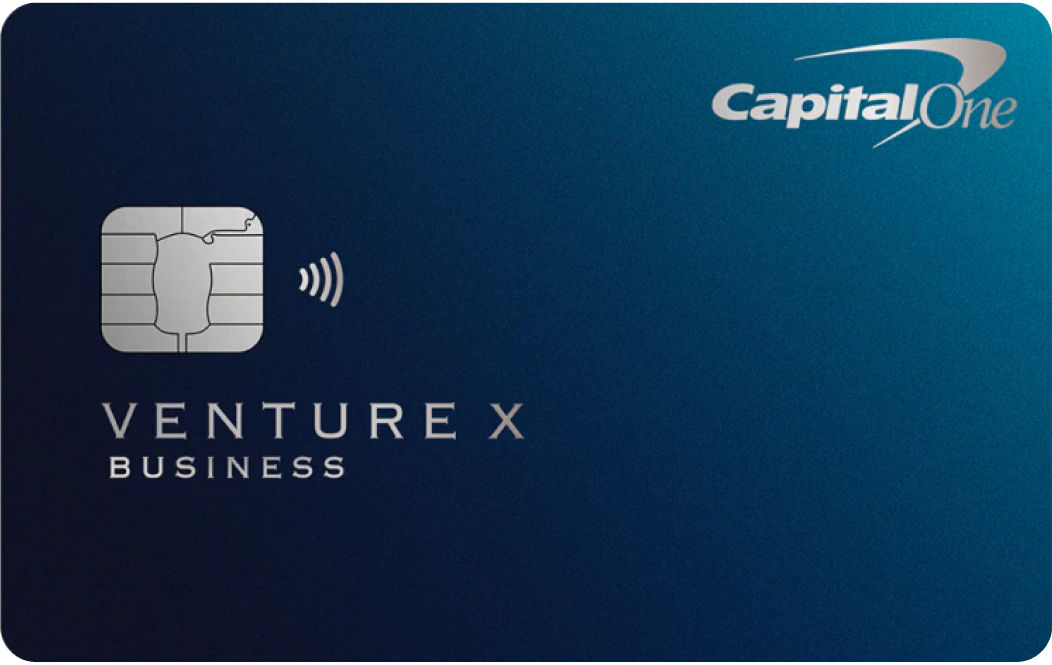
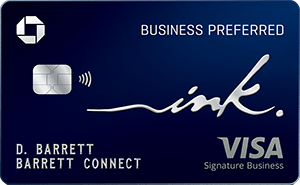
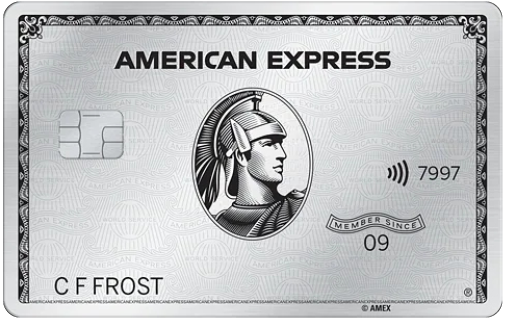
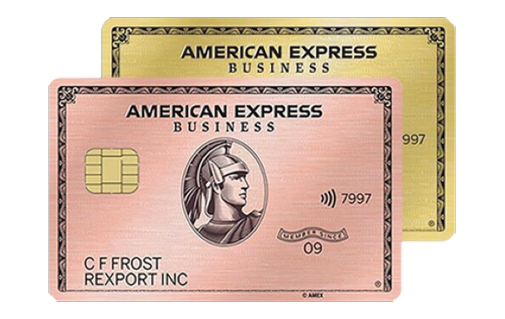
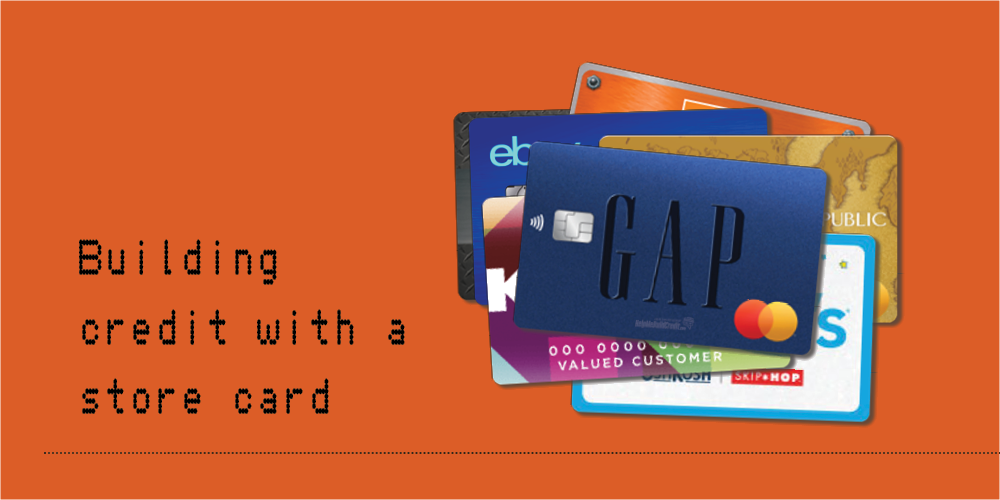
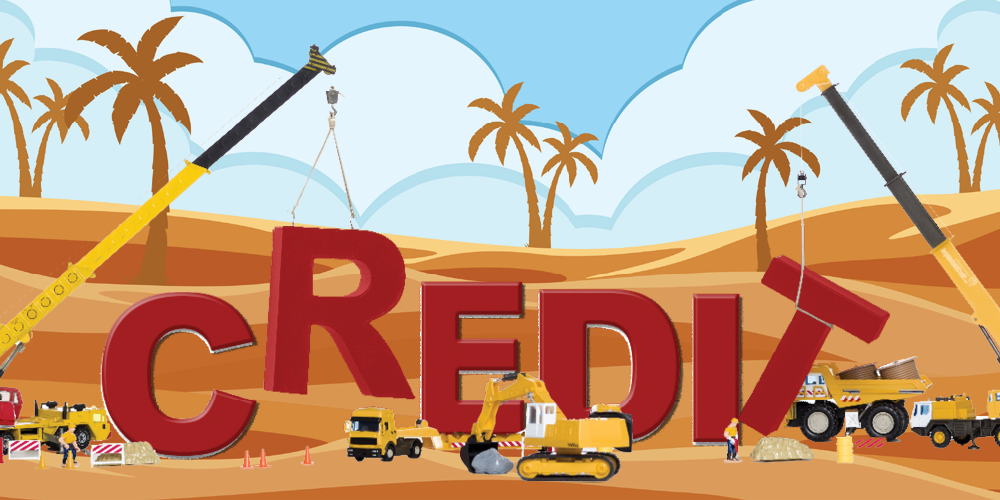

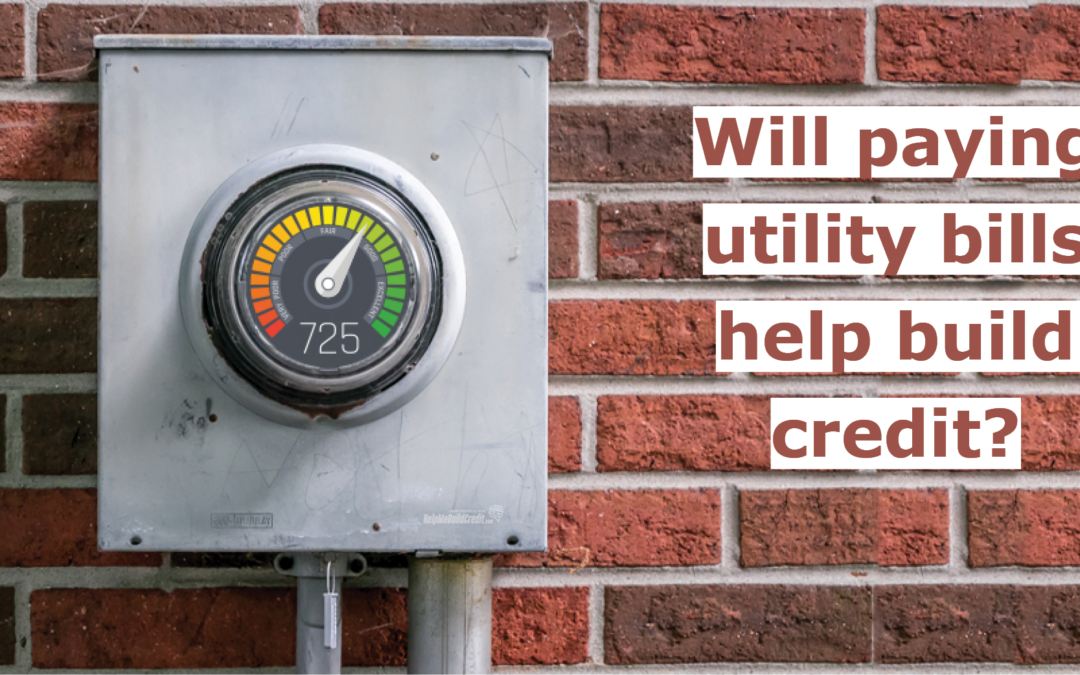
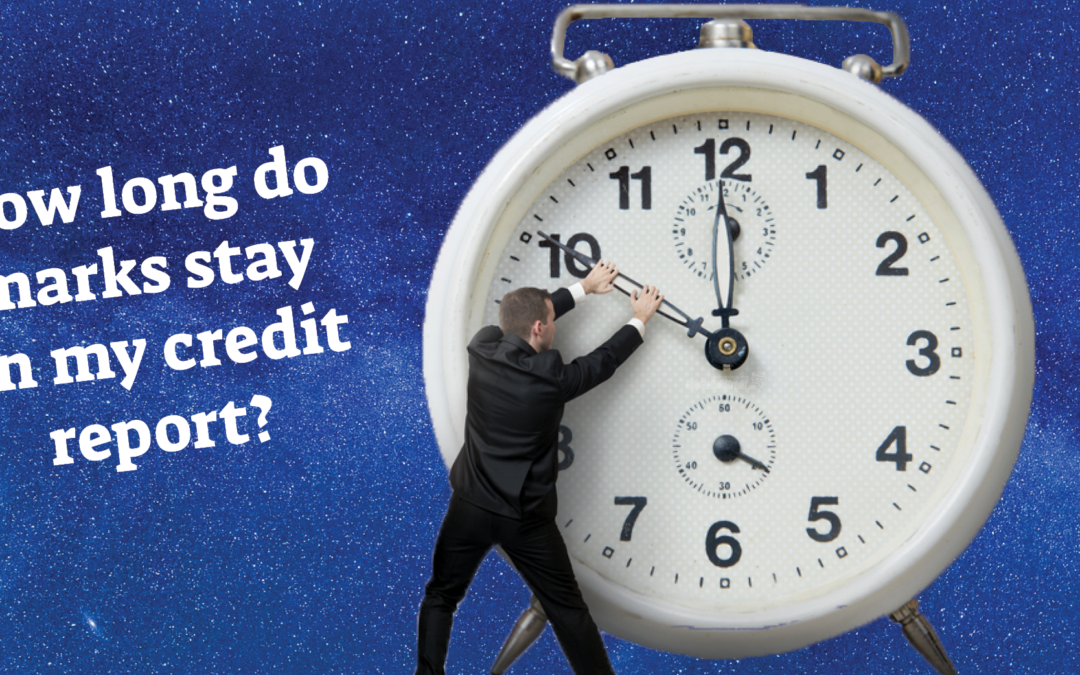
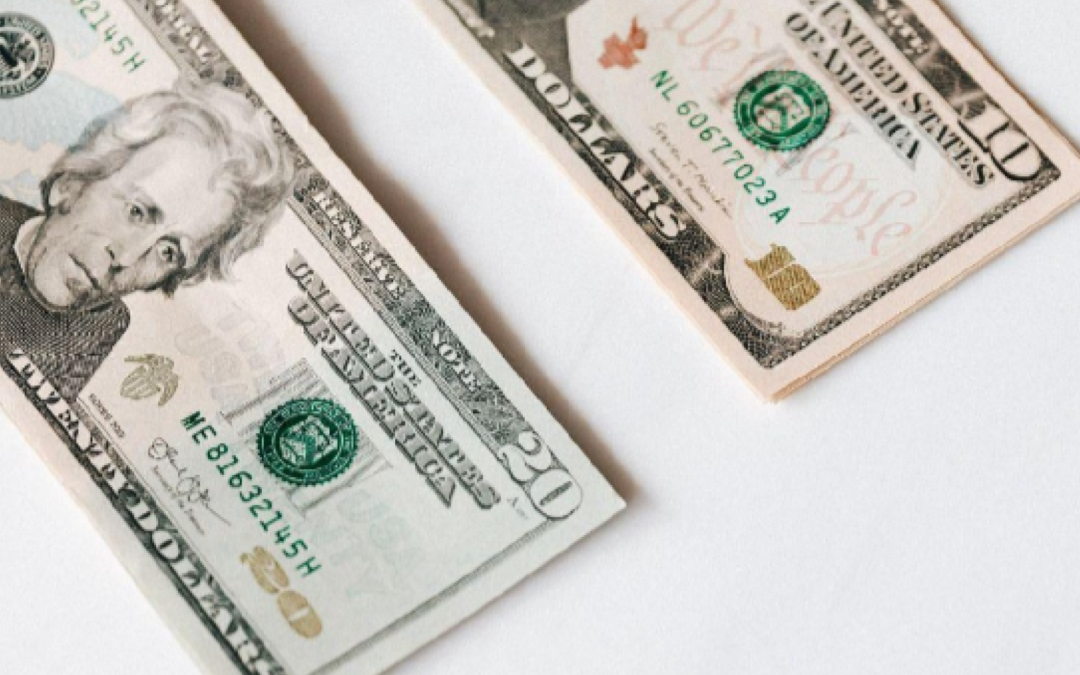

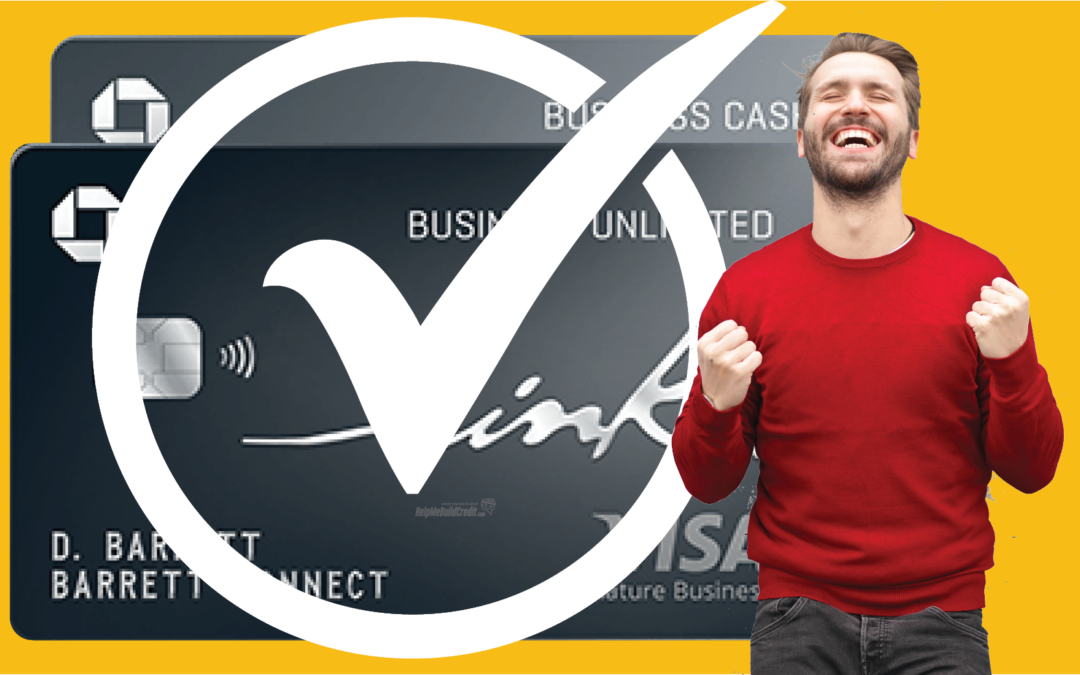
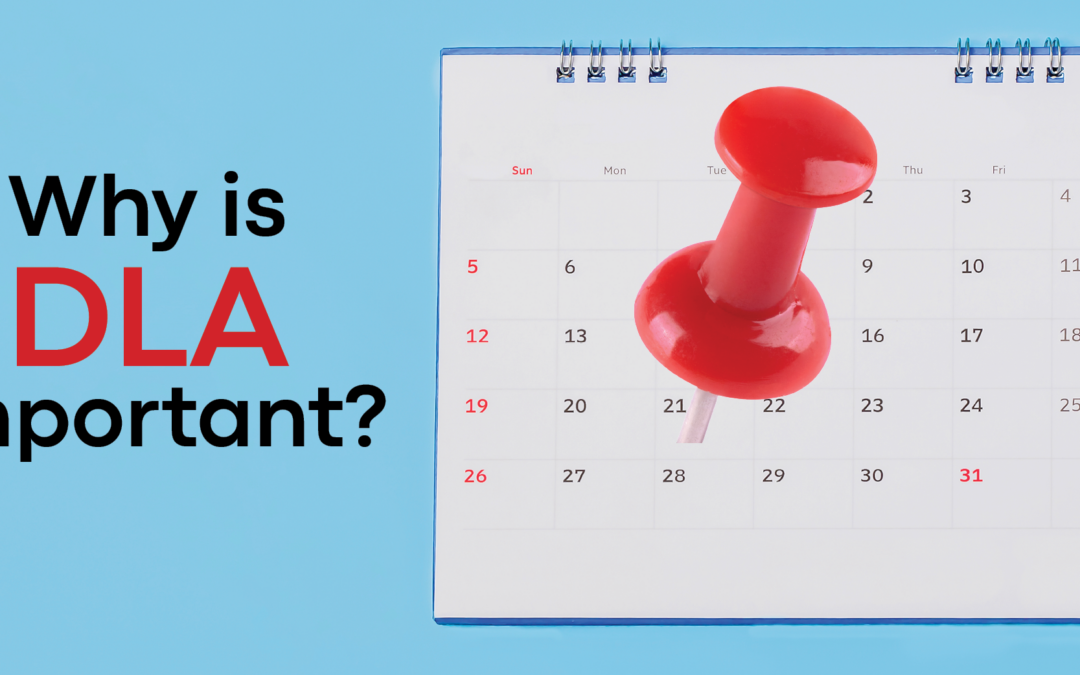
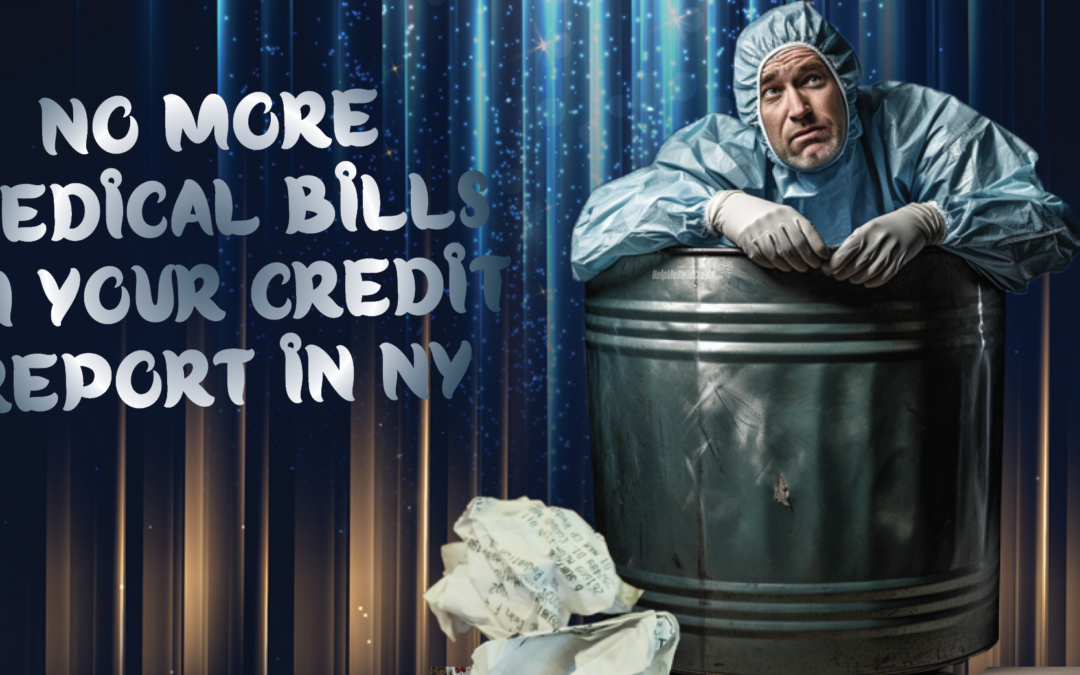


0 Comments